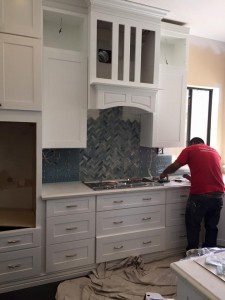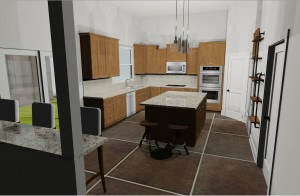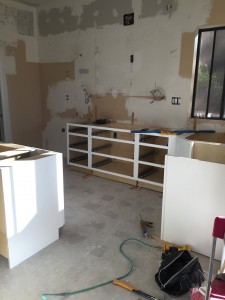If you are thinking about embarking on a home remodel, there are a few things you should keep in mind. We came across an article that offers a few great tips before construction gets started.
Think ahead. While you will be able to book an initial consultation quickly, that doesn’t mean construction can start the next day. Many contractors are booked out for several months, so plan ahead. TV shows make home remodels look as easy as ordering a pizza. This isn’t the case! It takes many months of planning.
Do your homework. Ask friends and family for referrals. Check out reviews and photos of prior work on Angie’s List, Yelp, and social media. Be sure to prepare a list of questions for your consultation. And be skeptical of someone with a “We’ll figure it out later” mentality. That will cost you in the long run.
Get it in writing. Insist on contracts. Do not subscribe to any handshake agreements. Contracts protect both sides of the deal. Customers know what to expect, and contractors know their milestones and when they can expect payment.
Insist on the best. Only use licensed and insured contractors. Anything less is risky at best and downright dangerous at worst. We’ve seen McDonald’s wrapper used as insulation and shoddy electric lines that were in danger of starting a fire.
Now that we’ve gotten the serious stuff out of the way, let’s shift gears to some fun stuff. Backsplashes are like the cherry on top of an cool kitchen. Apropos of nothing, here are some photos of some very cool, and very inexpensive, backsplashes.
Have a good week!



